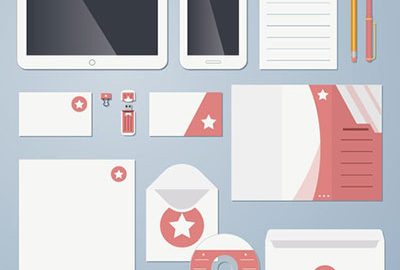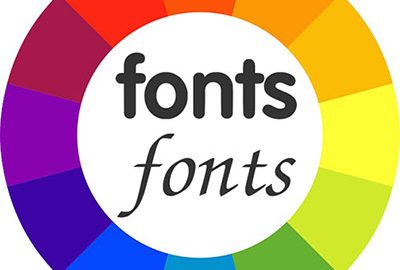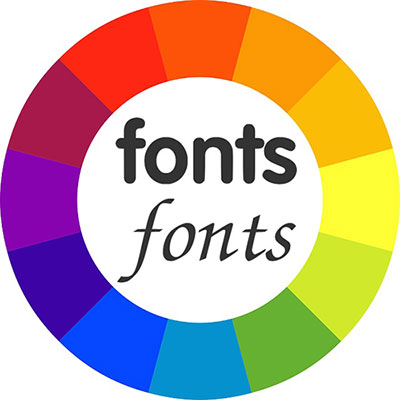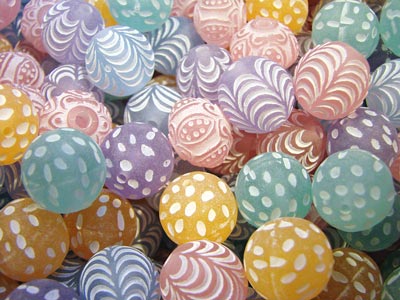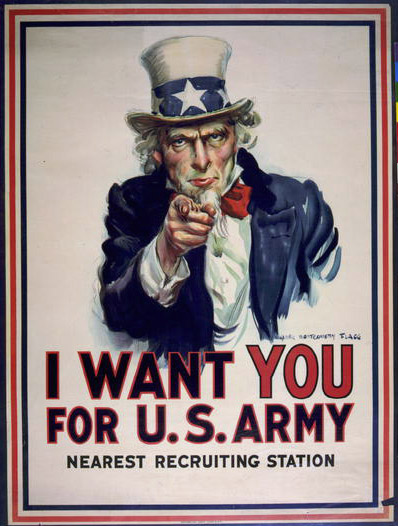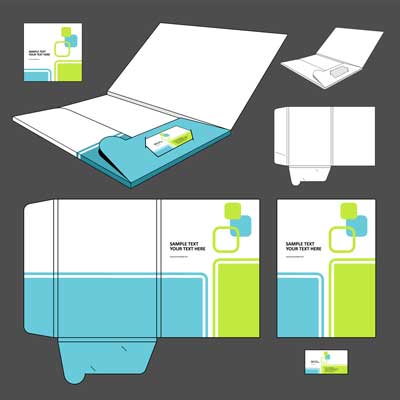You know that Spencer Minuteman Press offers the best printing services in Melbourne’s CBD, but maybe you’ve been wondering just how we translate a design scribbled on a scrap of paper into a professional business card. Or, perhaps you want to know how the logo our graphic designers create for you can find its way onto the headers of your MS Word templates, your web site header and your presentation covers.
Prepress Team
Spencer Minuteman Press is made up of several departments that are highly specialised in specific areas related to printing. You’re probably aware of our sales team and actual Melbourne printers, as those are the folks that you are most likely to work directly with. Our prepress team, on the other hand, are the men and women behind the curtain. They really make the magic happen by taking your project from the theoretical world and figuring out how to make it real.
The prepress team works with the latest technology to make sure your vision comes to life. We’ve written an article before on the type of computer file formats our team can work with, but they also use several other mediums as well, and they can give you your design in whatever format or formats you need. For example…
Flash drives:
If you have a large powerpoint presentation that you need turned into handouts, a flash drive is a great way to distribute your slides to the presentees. Flash drives can also be used to store marketing materials, formatted reports and data. You can tuck them into presentation or sales folders or keep them on hand for people who request more detailed information.
CDs:
Like a flash drive, a CD can be a great way to package lengthy and complicated material to pass on to colleagues, clients and customers. While flash drives are small and easy to lose, and are therefore best included as part of a printed package, CDs can include customised sleeves and booklets with printed information.
File Exchange:
We can’t list all of the formats we work with because it would take over this entire blog! Seriously, we work with just about every piece of software out there. Acrobat, CorelDraw, Excel, InDesign… If you work with a specific type of software at your company and would like for us to create your project in a compatible format, that’s no problem at all. We often get very rough sketches from businesses and can easily flesh out the design and port it to whatever computer program you use. This makes the whole back-and-forth drafting process a cinch.

Different Mediums We Accept for Our Printing Services<
Remember, Spencer Minuteman Press offers a ton of services that go beyond basic digital printing. No matter how ‘out there’ your idea seems, we know our prepress department can turn it into a beautiful reality, both on paper and electronically. Call, e-mail or stop in today to talk to our talented team!









